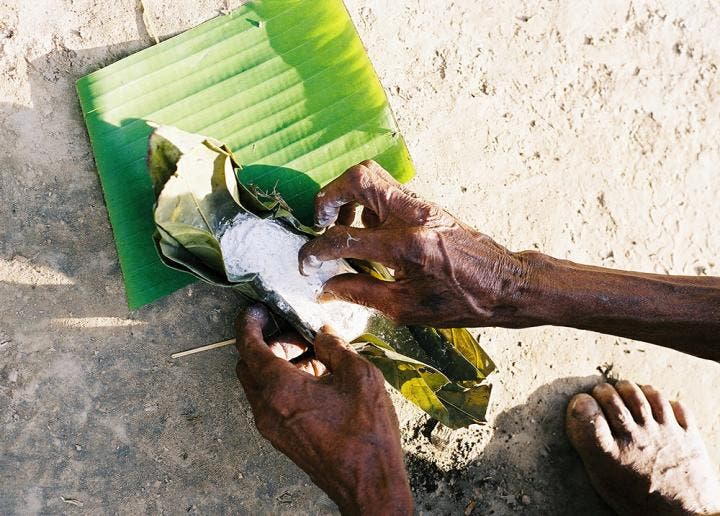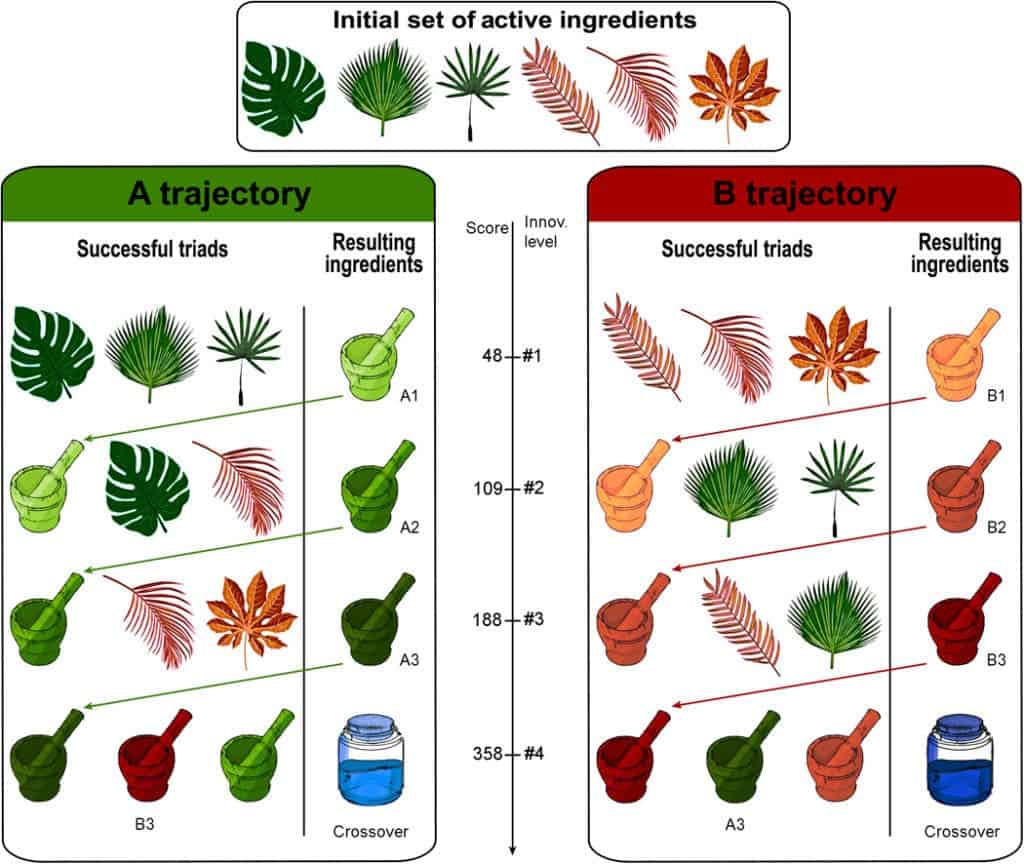As far back as the Stone Age, humans were developing complex and intricate cultural systems. These social networks played a key role in accelerating our development, a new study shows.

Hunter-gatherers
The year is 300000 BC. Our ancestors live in small communities as hunter-gatherers. Some are specialized hunters, while others are more interested in plants, looking at what can be safely eaten, and what type of medicine can be developed.
While still very far away, society as we know it is starting to take shape.
This lifestyle played a central role in humanity’s success, allowing early modern humans to start combining their skills and knowledge, coming up with collaborative and innovative solutions.
We take this for granted now, but it’s this very idea that probably distinguished us from all other species, including our closest relatives, the chimpanzees.
To gain new insight as to how these innovative solutions came to be, researchers turned to the few remaining hunter-gatherer societies — specifically, the Agta people from the Philippines.
The Agta live in scattered, isolated mountainous parts of the island of Luzon, in the Philippines. They are mobile, nomad people, living in groups of 1-5 families, and are considered experts of herbal medicines, which makes them an excellent study focus.
An international team studied how the social networks of the Agra people influenced the evolution of their culture and understanding.
Social media
The researchers equipped 53 adult Agta with tracking devices, recording every social interaction between members over a period of one month. They did the same thing for a different group who lived closer to the coast.
The tracking devices painted a comprehensive picture of the Agta’s social structure, highlighting thousands of meetings between group members. People were most likely to interact with their own group members, but they also visited other camps routinely.
It was a bit like social media, researchers say. But instead of using it for fun and pictures of cats, hunter-gatherers use social networks to gain information and solve problems.
“It is fair to say that ‘visits between camps’ is the social media of current hunter-gatherers,” says first author Andrea Migliano, professor of anthropology at UZH. “When we need a new solution for a problem, we go online and use multiple sources to obtain information from a variety of people. Hunter-gatherers use their social network in exactly the same way.”

The research team then used this information to make computer models of how communities would develop herbal drugs.
In the Agta communities, herbal medicine plays an important role. Banana leaves are used to cure toothache. They also bathe themselves with cooled-down water boiled with camphor leaves to help alleviate fever, and when the fever persists, they also make herbal teas out of camphor tea. They drink effective herbal teas to deworm children and alleviate stomach ache, and seem to have some herbal remedy for any problem, and seem to be constantly developing new remedies.
The team of researchers used the computer model to simulate the complex creation of a plant-based medicinal product. In the mode, the people shared their knowledge of medicinal plants with every encounter and combined this knowledge to develop better remedies.
Gradually, the medicinal product would be improved and finessed, until satisfactory results were reached. According to the simulation, it took 250 (for the woodland camp) to 500 (for the coastal camp) rounds of social interaction to develop the product.
Surprisingly, when the researchers tweaked the model so that everyone was connected to everyone and transmitted information immediately, it took longer to develop the medicinal product — 500 to 700 interactions.
The reason for this, the team explains, is that in hunter-gatherer-type networks discoveries tend to happen in parallel, in small clusters.
In a larger, interconnected group, there would be a single research effort, with one innovation at the time — which, at least in the computer model, took longer. So counterintuitively, these hunter-gatherer social networks are very effective at producing innovations.
“Our findings indicate that this social structure of small and interconnected bands may have facilitated the sequence of cultural and technological revolutions that characterizes our species as we expanded within and then out of Africa,” concludes last author Lucio Vinicius, from UZH’s Department of Anthropology.
The study has been published in Science Advances.









